Hello Hive
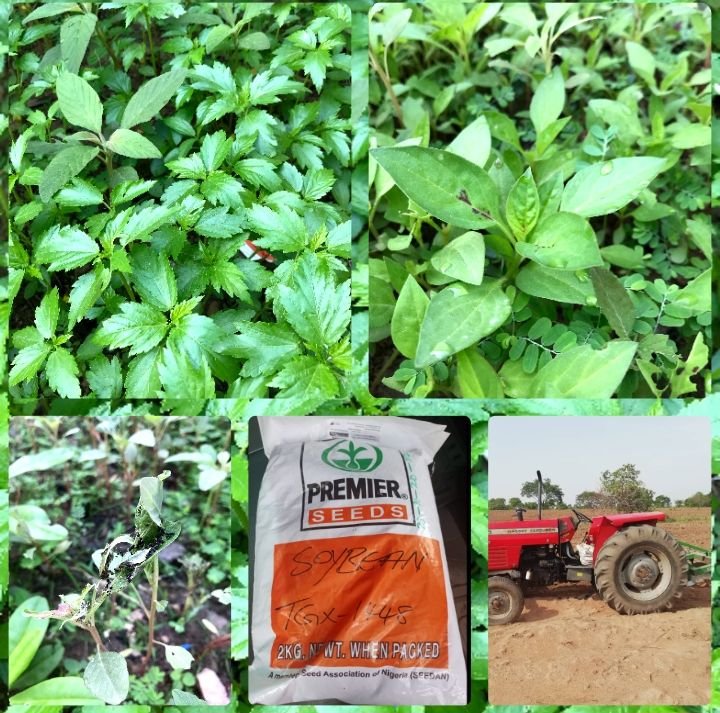
It is yet another good day to document my activities on the farm and garden. Usually, farming and gardening take the first priority and serve as my morning activities right after devotion. Having completed each task that shows up in the garden, which is right in my compound, it becomes easier to head to the bigger farms to check on the activities going on there and find any other task that I can do.
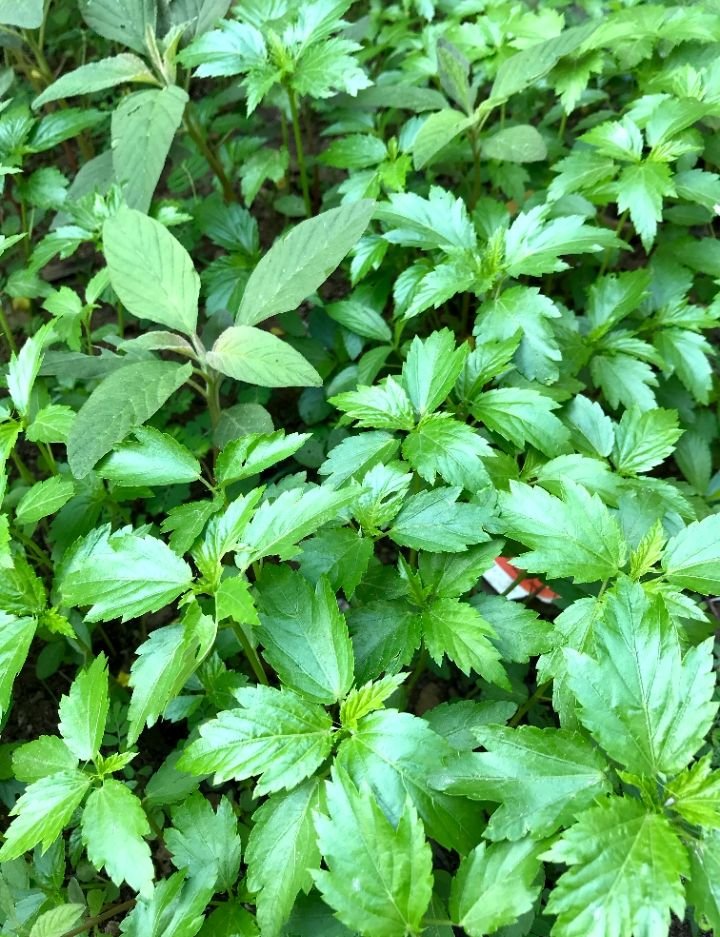
While at noon, you can always find me sewing and blogging in between. My days are usually very engaging in terms of these activities, especially during the rainy seasons.
The good part of gardening for today
It is a good thing for anyone to try to keep a garden because we can get a fresh supply of vegetables. As we all know, we enjoy the benefits of harvesting a fresh supply of nutritious veggies. To start, it's been almost a month since I planted this garden, and from the look of things, harvest is around the corner.
The jute mallow is ready for harvest. Even at this height, the leaves are mature, and everything looks good this morning. This has a proper timing and a lifecycle of exactly one month. The engineered seed for this species of vegetable is worth growing.
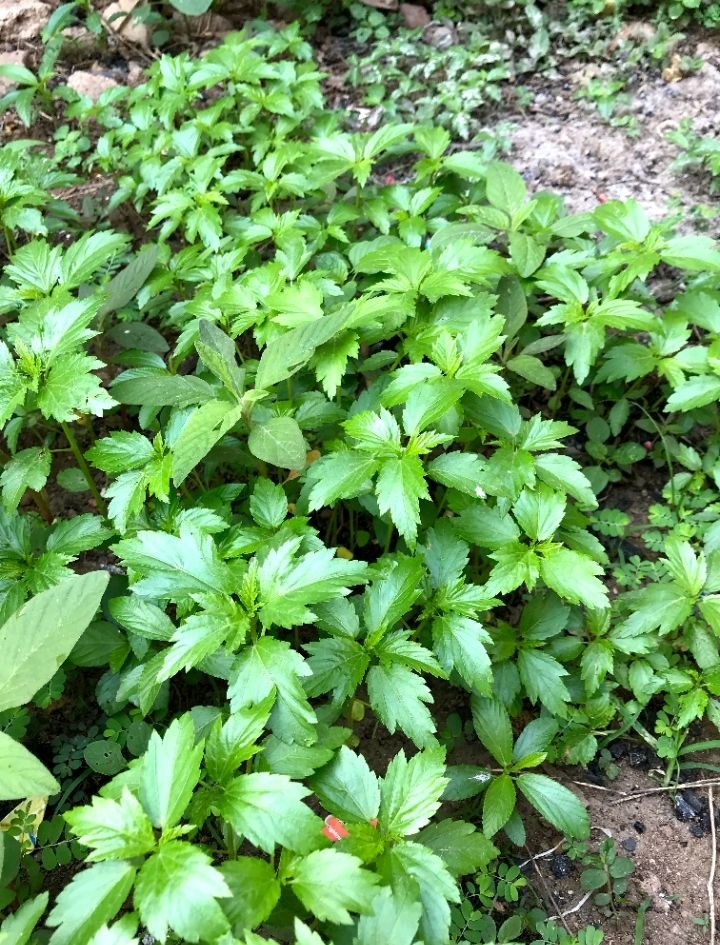
The sad aspect of destroyed veggies
Well, I was overjoyed with the jute mallow; the veggies didn't let that happiness last. Take a look at what happened with the veggies.
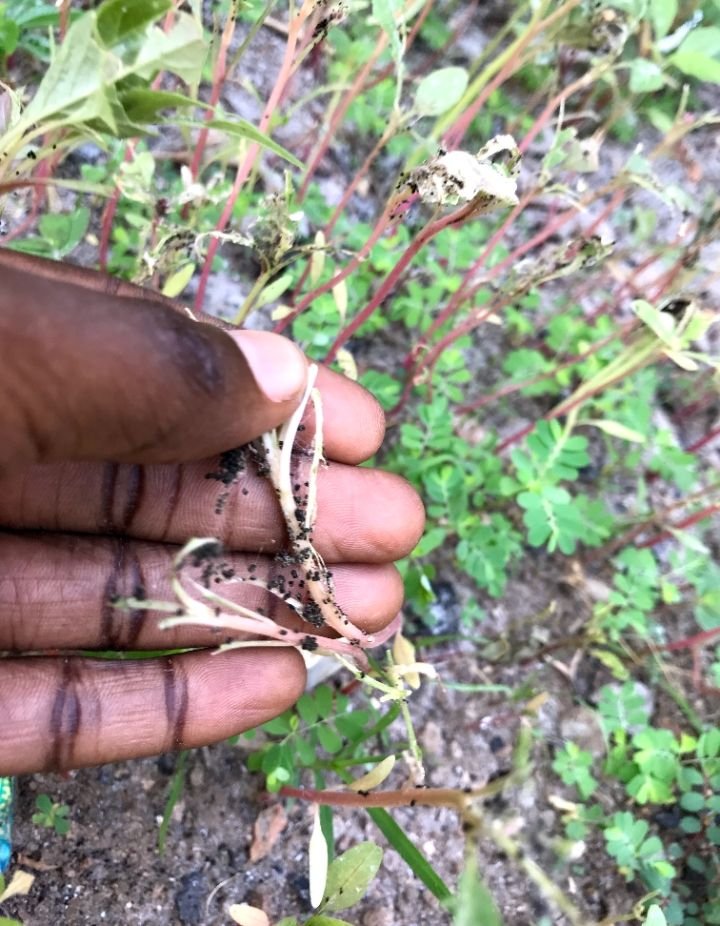

Infested "Efo tete"
Well, if this were to be in a school setting, we would have picked some of these pods to analyze what kind of disease could have befallen the veggies.
I feel so surprised that I didn't spot this yesterday or the previous day, only to wake up this morning to see that the infection has destroyed the remaining veggies that survived the lizard attack.
I never knew that vegetables could get infected, just like beans. When we plant beans on farms, there are specific chemicals we use to keep away insect and pest infections, similar to this one. I might have to show some farmers this new development and search for both local solutions and other chemical
means.
I have planted two different species of spinach.
While this one with thinner leaves and longer length was affected, the other species, which often still look unaffected,.
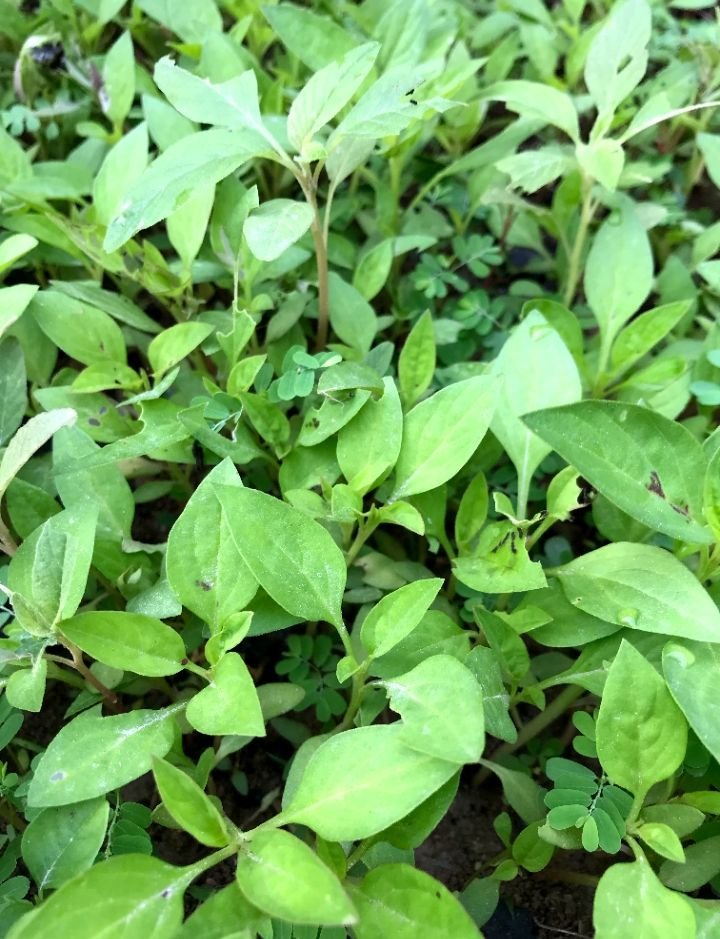
Unaffected "Shoko"
We have local names for these two species of spinach.
In the Yoruba language, the infected one is called "Efo tete" (African spinach in local names), while the other one goes by the name "Shoko" (Lagos spinach by the slang name).
The one benefit we get from growing our food and garden is the knowledge and experience therein. There are a lot of food crops that have gone into extinction over time because some agriculture knowledge was not passed down to us. Hive is such a good place to document something, and I hope that even in the near future, one can look back at this blog and see how certain crops can be grown.
Now that I know and have learned about these particular types of veggies and how best to prepare for next planting, seeking solutions for these kinds of problems will help me prepare better next time and know just how best to grow my veggies.
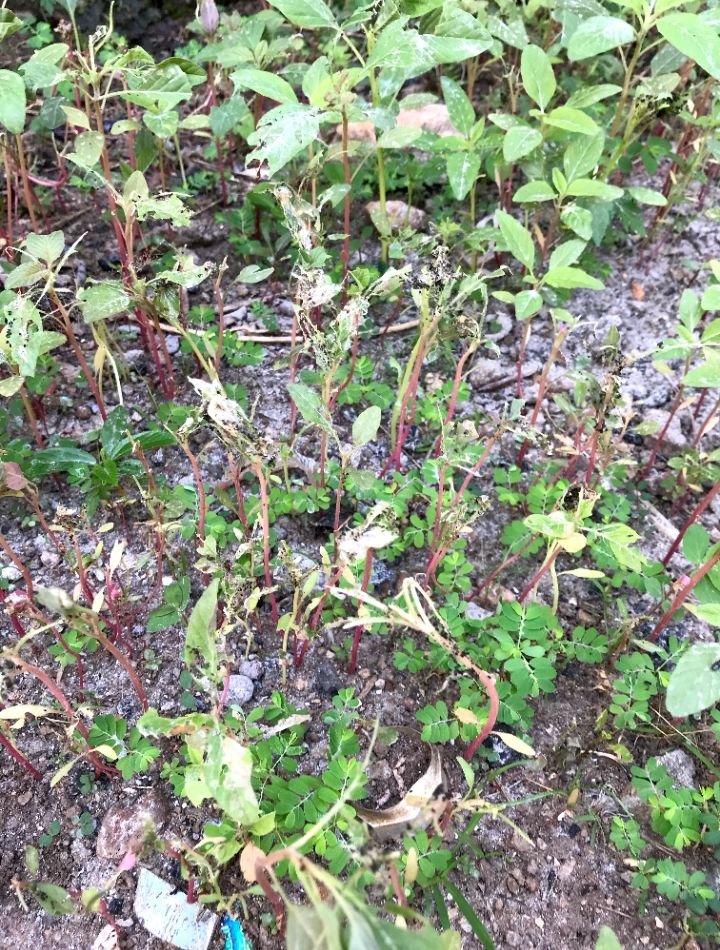
The planting of soyabean is now complete, and the next stage of our farming exercise is sourcing cassava stems.
For all the planting sessions, we have been purchasing quality engineered seeds. Cassava as a tuber crop has two different species as well, and the life cycle of these species varies. We are hoping to get the 1-year-life cycle cassava seeds so that by this time next year we will be renewing the farming sessions and planting a new set of crops without any unharvested crops from the from the previous year interfering. Maize, soya, millet, and the rest will be harvested this year, but cassava needs almost a year and will spill into next year before it's harvested.
That is the update about today's works and activities.
See you in my next farm blog.
Thanks for stopping by
Posted Using InLeo Alpha